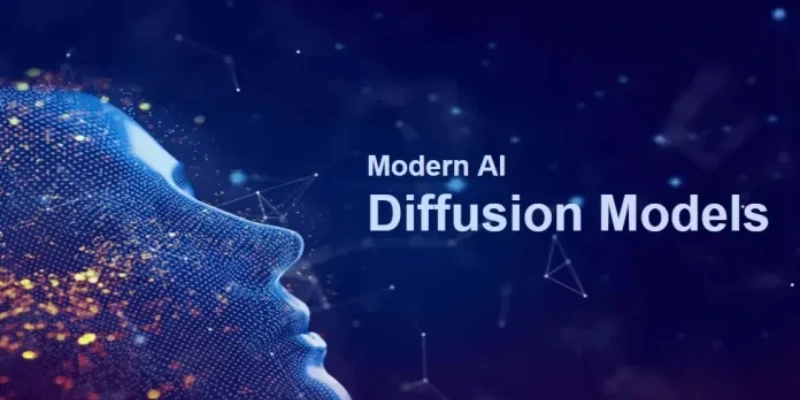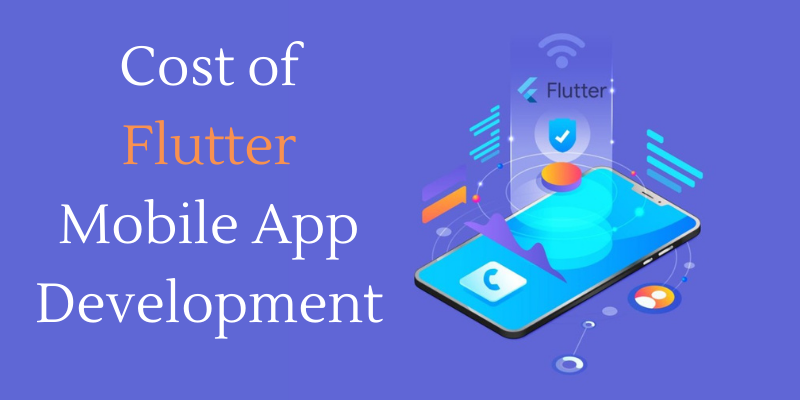Generative AI has been making waves everywhere from creating realistic artwork to generating human-like voices and writing. But behind all the magic, one of the most fascinating innovations driving this revolution is the diffusion model. If you’ve seen AI-generated images that look like they came straight from a professional artist’s desk, chances are a diffusion model was behind it.
Now, before we dive deeper, it’s important to understand that learning about these concepts can feel overwhelming at first. That’s why places like FITA Academy are becoming so popular. They focus on breaking down advanced topics like diffusion models into digestible lessons that anyone can grasp, even if you’re just stepping into the world of AI.
So, what exactly are diffusion models, and why are they such a big deal in generative AI? Let’s explore.
What Are Diffusion Models?
Think of a diffusion model as a system that starts with complete randomness and slowly transforms that randomness into something meaningful. Imagine you take a clear picture, then repeatedly add noise until it becomes unrecognizable. Now, if you reverse that process removing the noise step by step you can recreate the original image. Diffusion models are trained to master this reverse journey.
Instead of merely memorizing data, these models learn how to generate new data that looks authentic. That’s why they are so powerful in creative fields like image, audio, and even video generation.
Why Diffusion Models Are Game-Changers in Generative AI
There are many generative techniques out there like GANs (Generative Adversarial Networks) and VAEs (Variational Autoencoders) but diffusion models are rising to the top. Here’s why:
- High-Quality Outputs: They produce images that are sharper, more detailed, and closer to human-created content.
- Stability in Training: Unlike GANs, which can be tricky to train and often unstable, diffusion models are generally more predictable.
- Creative Flexibility: They allow developers to control the creative process, guiding the output with prompts, styles, or even partial inputs.
For learners exploring advanced AI applications through a Generative AI Course in Chennai, understanding these advantages is crucial. Courses like these don’t just cover definitions they walk you through real-world examples where diffusion models outperform other generative approaches, from AI art platforms to medical imaging solutions.
How Diffusion Models Work in Practice
To make things relatable, let’s break down how diffusion models function in simple steps:
- Adding Noise: Start with an image or dataset and gradually corrupt it with random noise until it’s unrecognizable.
- Learning the Reverse Process: The model is trained to undo this noise step by step, essentially teaching it how to move from chaos back to clarity.
- Generating New Data: Once trained, you don’t need an original image. The model can start with pure noise and generate a completely new and unique picture.
This process makes diffusion models particularly effective for creative industries. Artists, designers, and even businesses are leveraging them to create visuals at a scale that would be impossible with manual effort.
Applications of Diffusion Models in Generative AI
The contribution of diffusion models goes beyond theory. Here are some exciting applications:
- Art and Design: Tools like Stable Diffusion allow users to generate stunning artwork from simple text prompts.
- Healthcare: In medical imaging, diffusion models can help reconstruct clearer scans from noisy data, improving diagnosis.
- Entertainment: Video game developers use these models to design characters, environments, and textures quickly.
- Personalization: Businesses can create tailored marketing visuals or product mockups in seconds.
When you take an Artificial Intelligence Course in Chennai, these use cases often come alive through projects and practical exercises. Instead of just reading about AI models, learners get to build and experiment with them, which makes the concepts stick.
Why Developers Love Diffusion Models
Beyond the cool applications, diffusion models have become popular because they’re relatively versatile and reliable. Developers and researchers appreciate that:
- They handle complexity better than many older models.
- They scale well with large datasets.
- They can combine with other AI technologies, like natural language processing, to create even more advanced systems.
For example, pairing a diffusion model with a language model allows users to describe what they want in plain English “a sunset over the ocean in watercolor style” and get a realistic, styled image in return. That seamless integration is why diffusion models are at the center of today’s AI boom.
The Future of Diffusion Models
The field is moving fast. Researchers are already working on making diffusion models faster, as one of the main criticisms is that they can be computationally heavy. But with advances in hardware and optimization, this barrier is shrinking.
In the near future, diffusion models may go beyond visuals, finding roles in audio synthesis, video production, and even 3D modeling. Imagine architects designing buildings by describing them in words, or musicians composing melodies through simple prompts.
Diffusion models are not just another buzzword in AI they are the engines behind many of the most impressive generative applications we see today. By starting with noise and carefully shaping it into something meaningful, they’ve redefined what’s possible in creativity, healthcare, entertainment, and beyond.
For learners and professionals who want to stay ahead of the curve, gaining hands-on knowledge in this area is essential. Choosing the right Training Institute in Chennai can make a world of difference. A structured learning path with mentors, projects, and real-world applications helps you not only understand the theory behind diffusion models but also apply it in ways that matter to businesses and society.
Also Read: How Gen AI in Advertising is Transforming the Media Industry?



